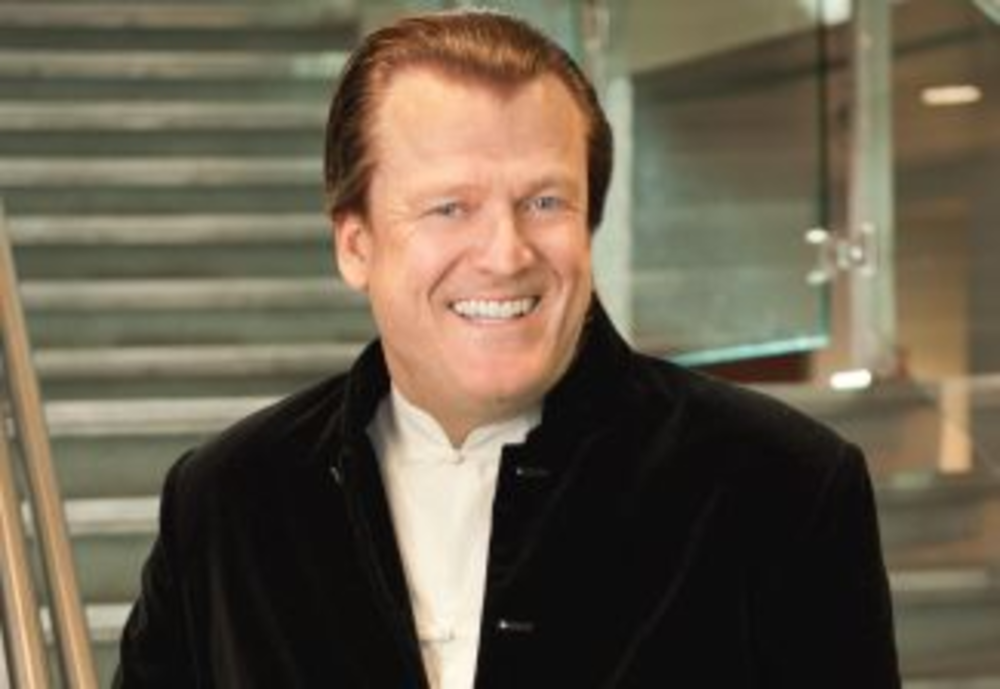Patrick Byrne loves a good fight. The chairman and CEO of Overstock.com, who holds a black belt in Tae Kwon Do, once pursued a boxing career. He exposed Wall Street malpractices years before the recession and defeated cancer three times. Byrne also turned ?Overstock.com from a two-year-old $1.8 million startup into a $1 billion enterprise in little more than a decade. ?
Byrne took control of D2: Discounts Direct in 1999 — ?investing his own money and relaunching the e-commerce site as Overstock, selling discounted home goods. What started ?as a labor of love turned into nearly a decade of struggle as the newly-branded company wouldn’t record a quarterly profit until 2008, when its income eclipsed $10 million. Overstock saw its first annual profit in April 2010.?
Byrne attributes the turnaround to investments in technology that allowed his company to better understand customer purchasing habits. Overstock spent more than $120 million on enterprise systems like Oracle and Teradata to support marketing analytics, and RightNow technologies to support customer service. Byrne says the software allowed Overstock to discover who customers were, how they got what they wanted and what they were willing to pay. ?
“Understanding our customers allows us to orient the map,” Byrne says. “So much of consumption has been driven by search. Consumers are not waiting for messages. They’re getting an idea of what they want and they’re looking for it. That’s where direct marketing becomes more like finding a way to reach people looking for exactly what you have and less about trying to target a million people and convincing a thousand to buy.” ?
While it’s important to be ready when customers ?arrive, Overstock’s marketing has always relied heavily on television to inform customers about its offerings, says Stormy Simon, the company’s SVP of marketing and ?customer care. She says the 2003 “Discover the Secret of the Big O” campaign put the company on the map; the 2005 “All About the O” ?campaign let customers know they could buy virtually anything on the site; and the “At Home With the O” campaign in 2008 let customers know that the company was dedicated to providing home goods at a low cost. ?
In addition to TV, the company focuses heavily on ?direct marketing. Overstock leverages a strong mobile commerce site and app, paper inserts and e-mail. The company drives customers to the website using sponsored search, affiliate marketing, portal advertising, nationwide print and radio. It leverages social media for branding, ?customer service and monitoring customer sentiment. ?
Byrne credits choosing the right team, Simon specifically, with Overstock’s marketing success. “If you want to make your company and its marketing customer-centric,” Byrne says, “put your toughest, meanest, most customer-focused executive in charge of customers.” ?
Simon sees her role differently. She credits Byrne’s passionate, yet calm, approach as setting the tone for ?Overstock’s marketing, which is handled in-house from ?design to production. Overstock president Jonathan Johnson agrees. He claims Byrne has established Overstock as a meritocracy and not “some place where you get promoted based off who you have lunch with.” He knew working at Overstock would be slightly off-center when, during his interview in 2003, Byrne pulled an African millipede out of his desk and let it crawl inside the sleeves of his open-collared, silk Chinese shirt. ?
The company’s most recent initiative, which couples customer interests with savings, is Overstock’s new travel venture, Overstock Vacations, which allows visitors to sign onto the site to receive discount travel packages. Consumers can book a narrow selection of hotel and resort packages at 10% to 40% off Expedia’s price, Byrne says. Byrne also began an international rebranding initiative in January to turn the company from Overstock.com into O.co. Though Byrne doesn’t believe O.co will completely replace Overstock, he does acknowledge the potential for absolute change. “Dot com was so 10 minutes ago,” Byrne says. “We’ve introduced O.co as Overstock.com’s short type. We’ll let its usage grow and grow organically. If it replaces Overstock.com, I’d be OK with that.”?
The public’s interest is something Byrne is dedicated to protecting both as a merchant and as a citizen. In 2005, he publicly attacked Wall Street for what he described as “illegal hanky panky between prime brokers and hedge funds, and the SEC and New York-based financial media sleeping at the wheel,” all of which Byrne predicted would “end in a financial crisis.” He also released a private video of TV personality Jim Cramer admitting to illegal activity during his days as the manager of a hedge fund. ?
Ditto for cancer, which Byrne battled and defeated. After each recovery, he rode his bicycle cross-country from West to East. His last ride, in the summer of 2000, helped raise awareness and funds for cancer research at the Dana-Farber Cancer Institute in Boston. Additionally, he has founded 19 schools internationally that currently educate more than 6,000 combined students. ?
When asked if he could see himself boxing again, Byrne laughs and quickly shoots down the idea. But then: “Well, maybe if I’m jumped in a dark alley.”








